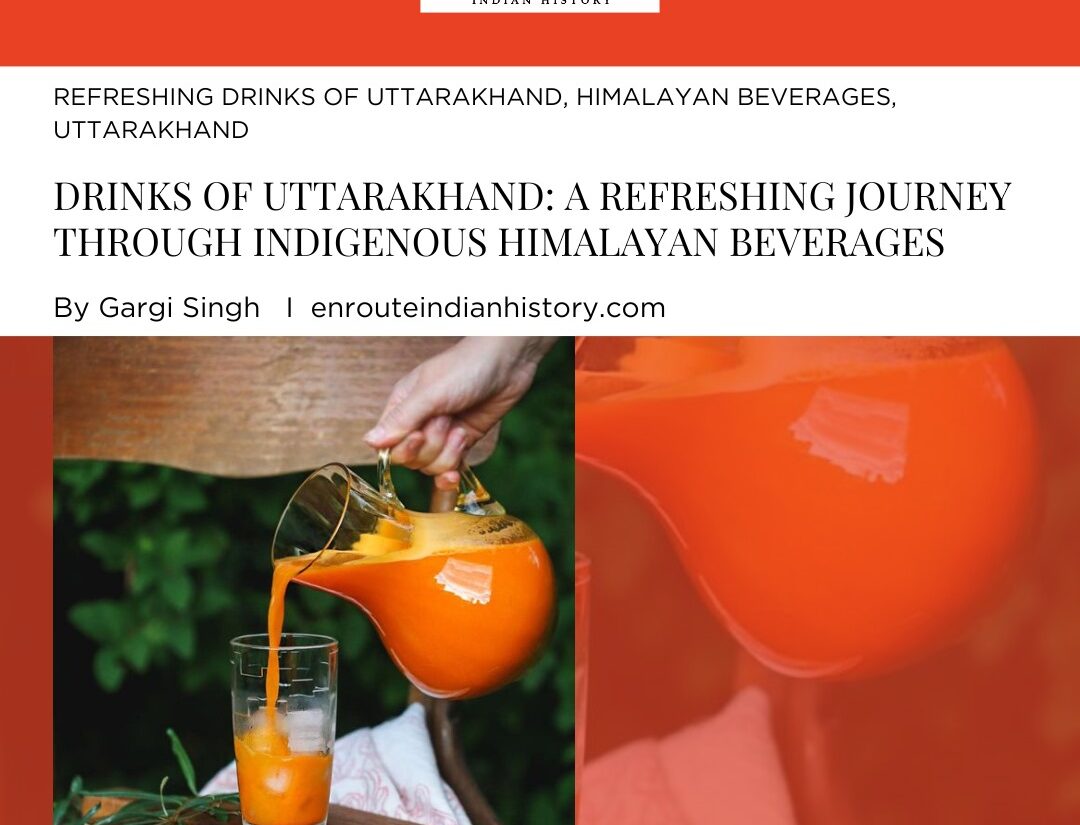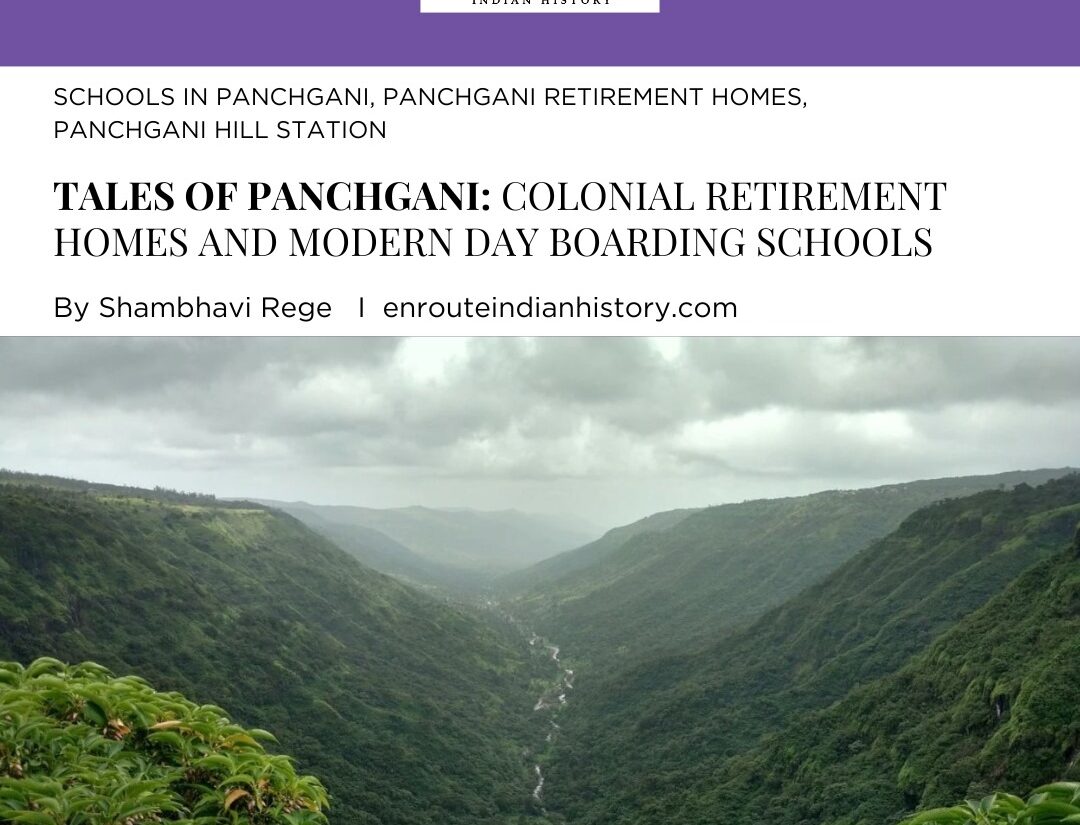A Missionary’s Path: Samuel Kellogg’s Dedication to India’s Youth and Language
- EIH User
- May 23, 2024
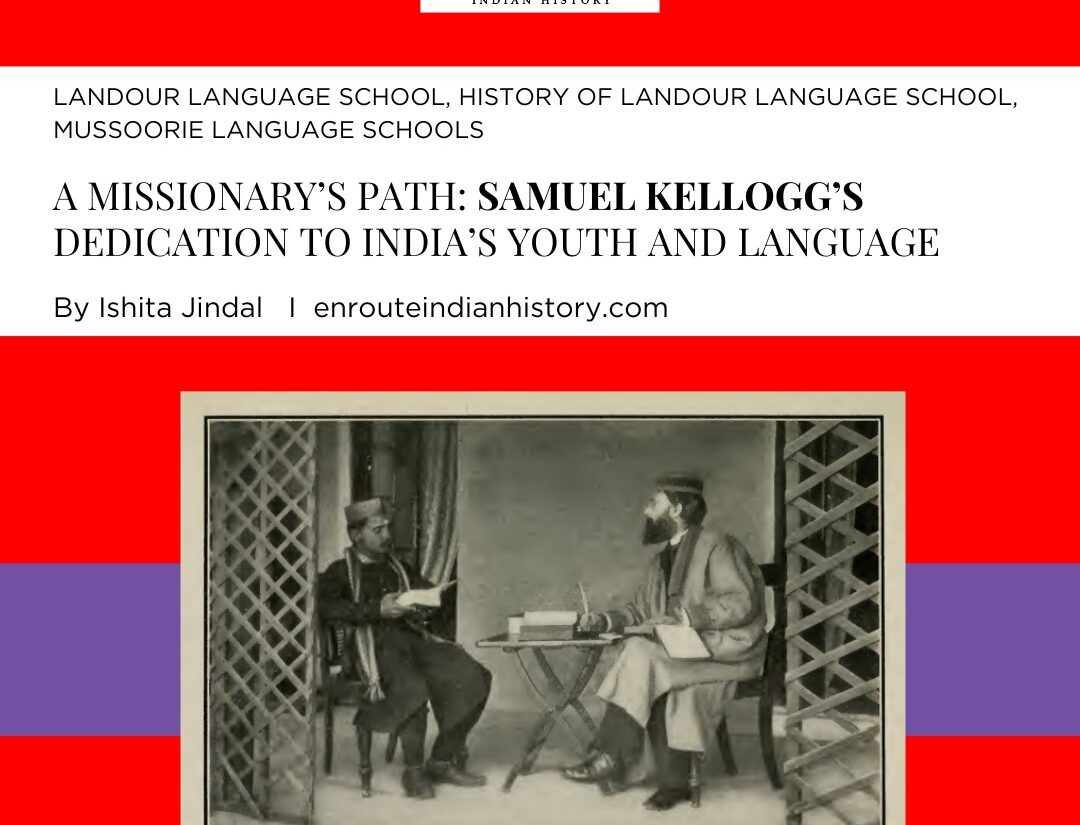
Born in 1839, Samuel Henry Kellogg was a talented young man. In 1864, while attending Princeton College to study theology, he developed an interest in missionary activity after reading publications from his church and other sources. One sermon that shaped his desire to go to India as a missionary was delivered by Rev. Henry M. Scudder, who was leaving for the country. Mr. Kellogg received his ordination as a missionary to India on April 20, 1864. It was one of the warmest months in India when he landed in Calcutta, which made the trip to their mission in the Northwest Provinces exceedingly challenging. On arriving at the Furrukhabad Mission station of Barhpur, Mr. Kellogg became enthusiastic and started studying in order to get ready for his work.
Samuel Henry Kellogg had a strong desire to assist the youth of India. In addition to being actively involved in evangelization in the city and neighbouring villages, he enjoyed working at the Anglo-Vernacular School in Furrukhabad. He started taking notes on the local dialects during his first year, which eventually turned into a significant study. Following a conference, Mr. Kellogg and Rev. J. F. Ullmann, the mission’s oldest member, embarked on a lengthy preaching tour. To determine whether Jhansi should become a mission post, they went there. Although their report was favourable, Jhansi did not become a mission site until thirteen years later. Throughout his life, Mr. Kellogg continued to have a keen interest in Jhansi and was delighted to see it flourish.
After some years, Mr. Kellogg was assigned to Allahabad, the site of the recently inaugurated Theological School by the American Presbyterian Synod of India. Alongside fellow missionaries Rev. A. Brodhead, D.D., and Rev. T. S. Wynkoop, he was appointed as an instructor. Along with being a teacher, he also worked as an evangelist throughout the city and the surrounding villages, preaching to native Christian congregations in the local language and sometimes in English.
It was not long before Mr. Kellogg left India that his magnum opus, Grammar of the Hindi Language, a thick octavo book published by London’s Triibner & Co., was completed. He had to work very hard at a time when his energies were being called upon in numerous areas so that this work might be completed before he departed India. Given that almost one-fourth of Indians speak Hindi, there was a pressing need for a thorough and academically rigorous grammar for this language. Scholars immediately bestowed upon the work the greatest praise, calling it a “masterly performance.” His reputation from these and other works brought him a distinguished seat at the Eighth International Congress of Orientalists in Stockholm in 1889, which was chaired by King Oscar II. Following their discovery of his Hindi Grammar, the Indian government and the British Secretary of State for India’s Council ordered all aspirants to the India Civil Service to study it and pass the necessary Hindi language examinations.
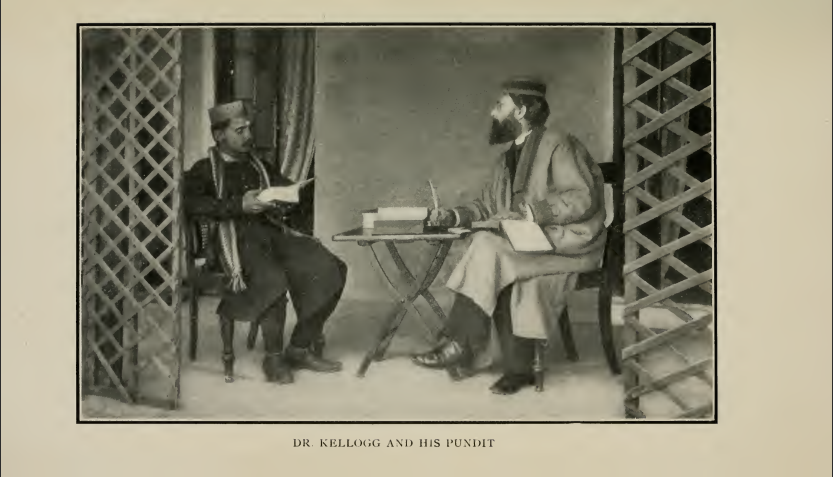
(Source: MEN OF MIGHT IN INDIA MISSIONS: The Leaders and Their Epochs 1706-1899)
His wide knowledge and accuracy in learning, his deep understanding of the scriptures, and his skill in using quotes to support his ideas gained the respect and affection of his students. His ability to ask and answer questions cleverly, his patience, sympathy, and his strong desire to spread the faith, were complemented by his contagious enthusiasm, defining him as an exceptional teacher. Being in his class was like being immersed in a pool of knowledge.
Dr. Samuel Kellogg continued to be an authority in Oriental languages, attending the Eighth International Congress of Orientalists in Stockholm and supervising the release of the updated version of his Hindi Grammar. Among his various pursuits, he received a request to return to India to assist with the revision of the Old Testament scriptures written in Hindi. Along with the North India Bible Society, the British and Foreign Bible Society, his own missions in India, and the Mission Board of his church in New York, he was given this responsibility by several Presbyterian Societies from Britain and America. He was selected due to his Hebrew and Hindi language skills.
After relocating to Landour in the northern Himalayas with his family in the early spring, he joined Rev. W. Hooper, D.D., of the Church Missionary Society, and Rev. J. A. Lambert of the London Missionary Society to start their translation work in India. Because the colder air in the mountains was better for translation work than the scorching plains, they decided to station themselves there for the summer. Given that the translation process was anticipated to take several years, Dr. Kellogg and his family were given a home called “The Firs” on Landour Hill in Mussoorie by the Mission Board in New York.
In his final letter to a Secretary at the Mission House in New York, he wrote: “Our only worry is the possibility of having to leave India once our Bible work is completed. Both my wife and I have become deeply attached to India, and we would prefer to continue our life’s work here, if it were possible according to God’s plan.”
As a preacher, whether speaking in English or Hindustani, Dr. Kellogg was eagerly welcomed wherever he travelled. Throughout the six hot seasons he spent in the hills, he often spoke from the platforms of Landour and Mussoorie. His presence and influence laid the groundwork for the establishment of the Landour Language School, which stands as a testament to his legacy.
The Landour Language School delineates the transformation of Landour, presently a centre for literature, art, and culture, from its origins as a British military establishment. The school remains a magnet for global students aspiring to acquire proficiency in Indian languages. Urdu, alongside Hindi, emerged as the most popular language, while Sanskrit, Punjabi, and Gharwali were also part of the curriculum. Situated behind the Kellogg Memorial Church, the school once accommodated over 100 students concurrently, providing individualised instruction. Students can select from introductory, intermediate, or intensive training programs.
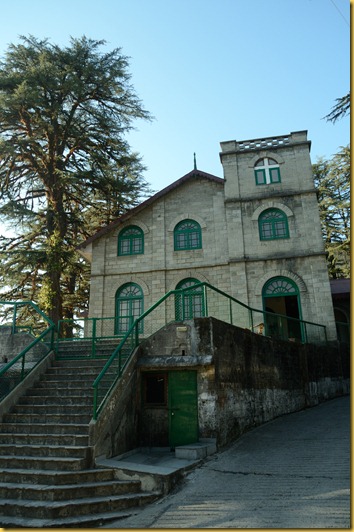
(Source: https://lakshmisharath.com/wp-content/uploads/2020/07/DSC_7907_thumb25255B125255D.jpg)
Notably, groups from prestigious universities like Harvard or New York University occasionally enrol together. Today, numerous young Americans, either on gap years or participating in exchange programs, opt to study Hindi at the renowned Landour Language School, established in the late 19th century to educate newly-arrived missionaries. The school simplifies languages like Urdu, known for its complex script, by utilising Roman alphabets for learners who are pressed for time or prefer to bypass script learning.
Despite interruptions to his missionary work in India, Samuel Kellogg’s commitment to the mission cause persisted even during his time in the United States and Canada. While holding prominent positions within the Church, he played a significant role in advancing foreign missions. His unwavering dedication to his mission and his scholarly achievements earned him international recognition, solidifying his place in the annals of missionary and linguistic history.
References
Holcomb, H. H. H., & H, H. H. H. H. (2010). Men of Might in India Missions: The Leaders and Their Epochs, 1706-1899. https://openlibrary.org/books/OL18684176M/Men_of_might_in_India_missions
Saxena, S. (2014, December 12). Landour school teaching Hindi for over 100 years. The Times of India. https://timesofindia.indiatimes.com/City/Dehradun/Landour-school-teaching-Hindi-for-over-100-years/articleshow/45497318.cms
Tribune India. (2015, September 15). Foreigners learn Hindi, other languages at Landour school. Tribuneindia News Service. https://www.tribuneindia.com/news/archive/features/foreigners-learn-hindi-other-languages-at-landour-school-133573
- May 23, 2024
- 15 Min Read

